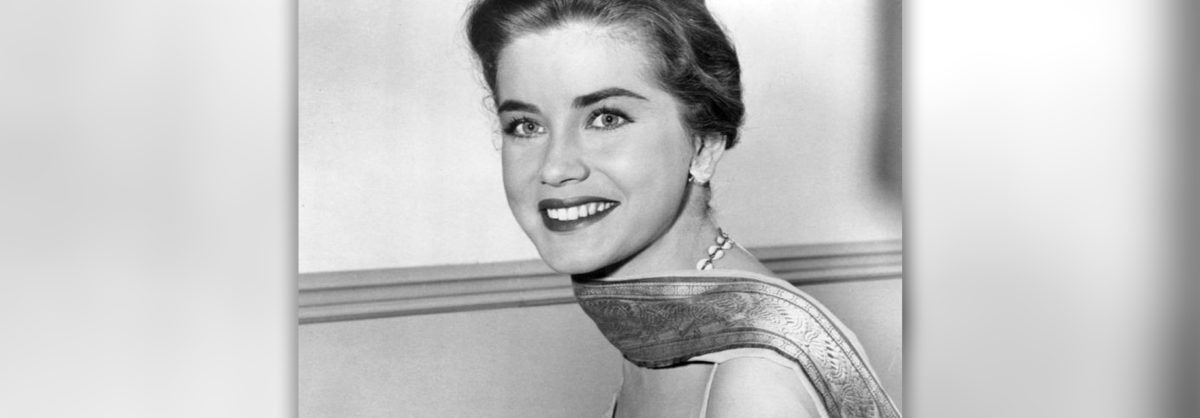Not long ago, our Sunday Gospel consisted of a passage that makes many people, particularly Americans, squirm.
“Good teacher, what must I do to inherit eternal life?” the rich, young man asks Jesus. The answer this zealous young man receives shocks and saddens him:
“You are lacking in one thing,” Jesus replies. “Go, sell what you have, and give to the poor and you will have treasure in heaven; then come, follow me.”
We see the young man turn away disheartened because he had many possessions and, presumably, many responsibilities. We don’t know whether, after hours of prayer and soul-searching, he ended up heeding Jesus’ words or if that was truly the end of his encounter.
Regardless, I think many of us can empathize with this good man who is immersed in the world. How many of us could abandon all our possessions to live a life radically devoted to the Lord?
But today there are still those who choose to divest themselves of all their worldly possessions. In the age of Amazon, this strikes us as radically countercultural, if not foolish. Certainly, we have a hard time understanding such an impulse although we may admire it.
Dolores Hart—a Hollywood actress who gave up her life of fame, elegant dresses, and elite social galas to follow Jesus—is the antithesis of the rich young man in the Bible story.
A Google Image search of Dolores Hart reveals that she was a stunningly beautiful young woman. The images range from a late 1950’s era starlet posing with with Elvis Presley to an elderly woman clad in a black habit.
What happened?
The answer is simple, yet profound. Hart joyfully traded in her Hollywood billing as the “next Grace Kelly,” choosing instead a life dedicated to prayer, community, service and self-denial.
She became a Benedictine nun, today known as Mother Dolores Hart.
During her brief Hollywood career, Hart, a convert to Catholicism when she was ten, would often spend time in prayer but her prayers were often superficial, praying for things like the best role in an upcoming film. Exhausted after a long run in a Broadway play, one of Dolores’ friends encouraged her to go on retreat at Regina Laudis, a Benedictine abbey of cloistered nuns in Connecticut. When she returned to Hollywood, something in her heart had changed.
After several years of spiritual struggle and discernment, Dolores eventually entered the convent in 1963 at the age of 24, leaving behind, not only the glamorous life of Hollywood stardom but the man—Don Robinson—to whom she was engaged to be married. Even though she loved him, she knew that God was calling her to a different vocation. She told Don that “every relationship did not have to end at the altar.” Even so, giving up her former life and her beloved fiancé was painful, a sort of purgatory, Dolores noted in her autobiography.
In many ways, St. Elizabeth Ann Seton’s life parallels that of Mother Dolores. Born into a prominent family, Elizabeth led a life of comfort and privilege. Her husband, William Magee Seton, was also a member of a wealthy family.For the Setons, life consisted of fine things, elite gatherings, and social obligations to the underprivileged.
But when William died of tuberculosis and his trading company went bankrupt, Elizabeth was faced with the specter of poverty. If she had remained a Protestant, she would have been assured of a comfortable life aided financially by friends and family and, possibly, another advantageous marriage. Instead, she obeyed her heart’s desire by entering the Catholic Church.
Like Dolores Hart, Elizabeth followed the deepest longing of her heart to give herself radically to God. Despite the skepticism of her friends and family, she followed God’s will for her life and worked tirelessly to build a religious community and serve those in need.
Mother Seton and Mother Dolores Hart obeyed Christ’s injunction to the rich young man: they gave up everything that came in the way of love of God and neighbor and dedicated their lives to serving others.
Can we say the same? Are our own eyes fixed on Christ, or do we look for love and happiness in all the wrong places?
Do the examples of Dolores Hart and Elizabeth Ann Seton mean that we must literally give away all our worldly possessions? No. This is not what Jesus meant. He said, in order to follow Him, in order to put God first, we must not become enslaved by material possessions and worldly concerns—we must not make them into idols. For those of us who are called to remain in the world as parents, teachers, nurses, doctors, plumbers, builders, police officers, EMTs and an infinity of other vocations, we must use the goods of this world for the benefit of others.
We must love God and love our neighbor.
CAITLIN SICA received her MA in Theology from the University of Notre Dame. She currently teaches Theology at Bishop Guertin High School in Nashua, NH. You can read more of Caitlin’s writing at www.caitlinsica.com.
Image: Public Domain
